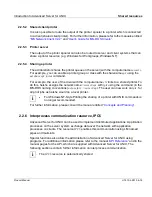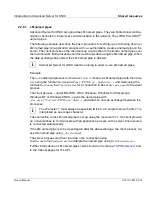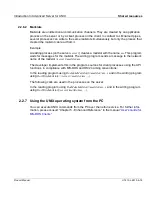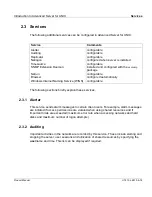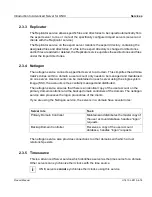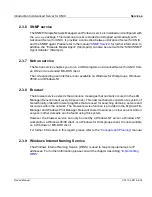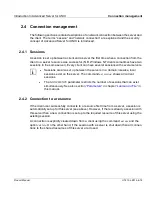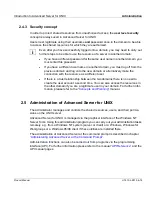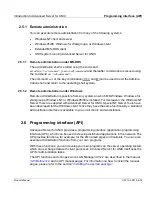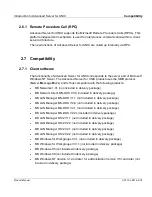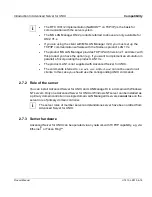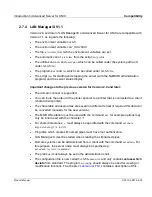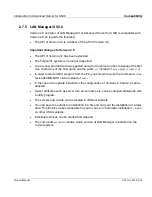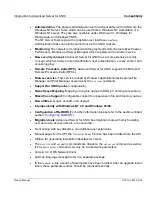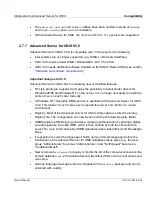
Introduction to Advanced Server for UNIX
Shared resources
Product Manual
U7613-J-Z815-6-76
©
S
iem
e
n
s
N
ix
dor
f
In
fo
rm
at
io
n
s
s
y
s
te
m
e
A
G
1
9
9
5
P
fad
: D:
\O
7
613
e6
\u
761
3e
.k
02
2.2.6.1
LM named pipes
Advanced Server for UNIX also provides LM named pipes. They are bidirectional commu-
nication channels for interprocess communication in the network. They differ from UNIX
®
named pipes.
The following example describes the basic procedure for setting up and clearing down an
LM named pipe: An application process with
root
authorization creates a named pipe on the
server. The client process on the client sets up a connection to the known named pipe over
the local network. Both processes can then exchange data using the LM named pipe. When
the data exchange has ended, the LM named pipe is deleted.
Advanced Server for UNIX must be running in order to use LM named pipes.
Example
The
root
-authorized process on the server
server1
creates a LM named pipe with the name
srvp
using the function
DosMakeNmPipe (“/PIPE/srvp” , &reference,...)
and waits using the
function
DosConnectNmPipe (reference)
for a connection to be set up
(_dos_open)
to the client
process.
The client process – under MS-DOS, OS/2, Windows, Windows for Workgroups,
Windows NT or Windows 95/98 – opens the named pipe with
_dos_open ("\\\\server1\\PIPE\\srvp",&cfd,...),
and data can now be exchanged between the
processes.
The character “\” must always be specified twice in a C program since the first “\” is
interpreted as an escape character.
The connection to the LM named pipe is set up using the resource
IPC$
. If a client process
on a client wishes to communicate with an application process on the server, this resource
is connected automatically.
If the LM named pipe is to be closed again after the data exchange, the client process clo-
ses this named pipe using _
dos_close(cfd)
.
The server process can then clear down the connection using
DosDisconnectNmPipe(reference)
and delete the named pipe using
DosClose(reference)
.
Further information on LM named pipes can be found in the manual
“API Reference”
and
in the manual pages for the API.
i
i














